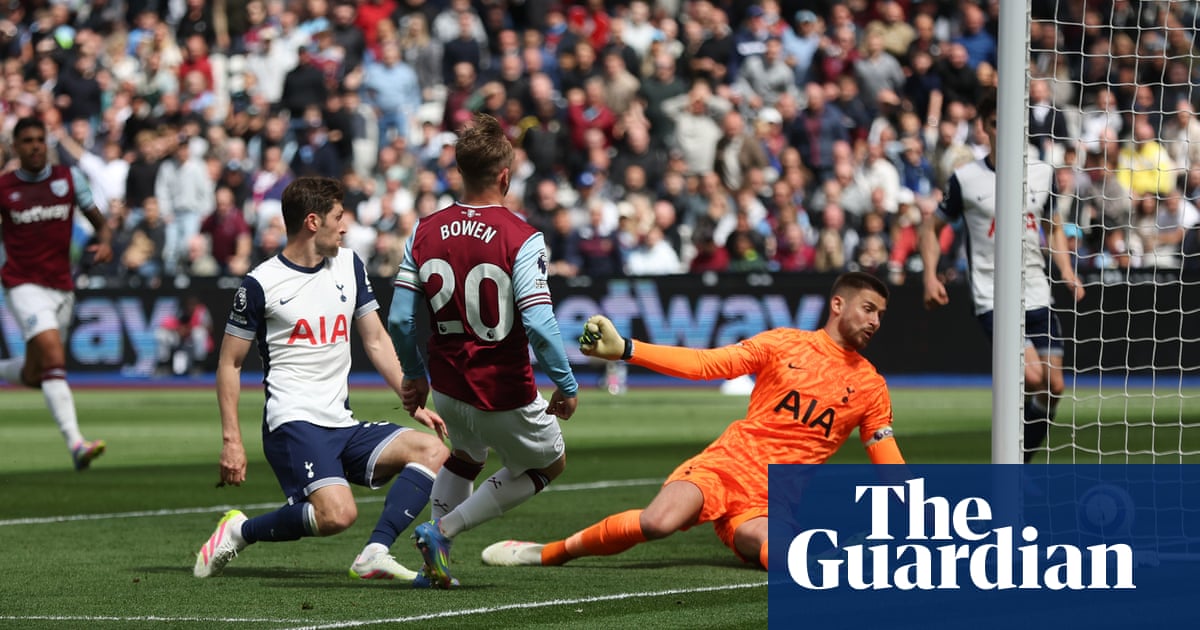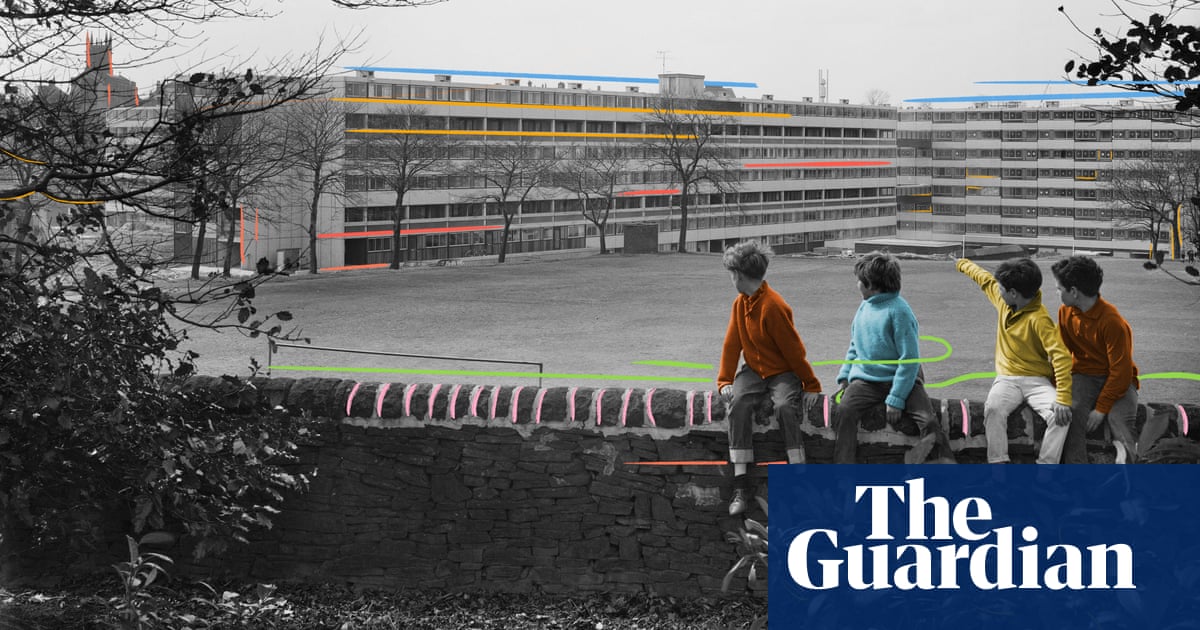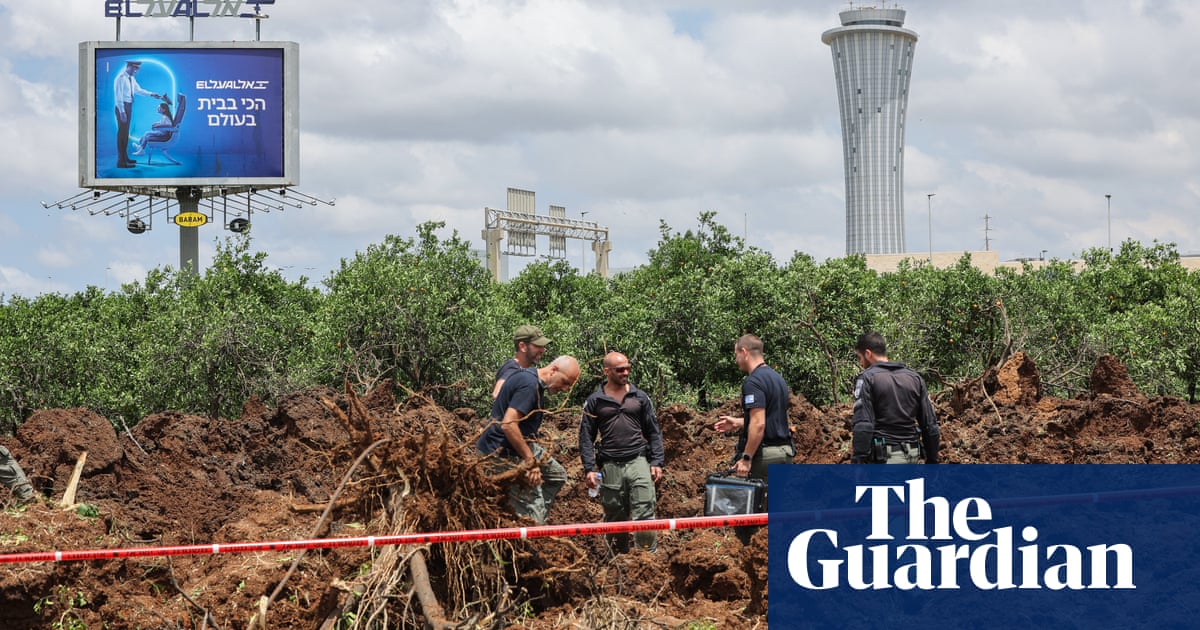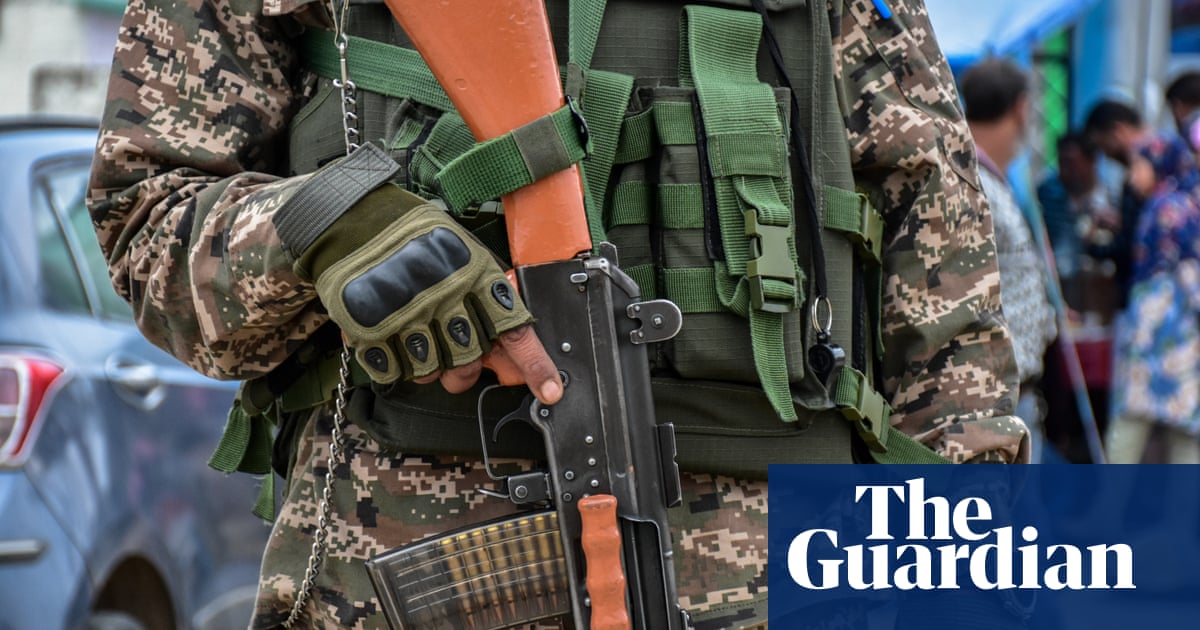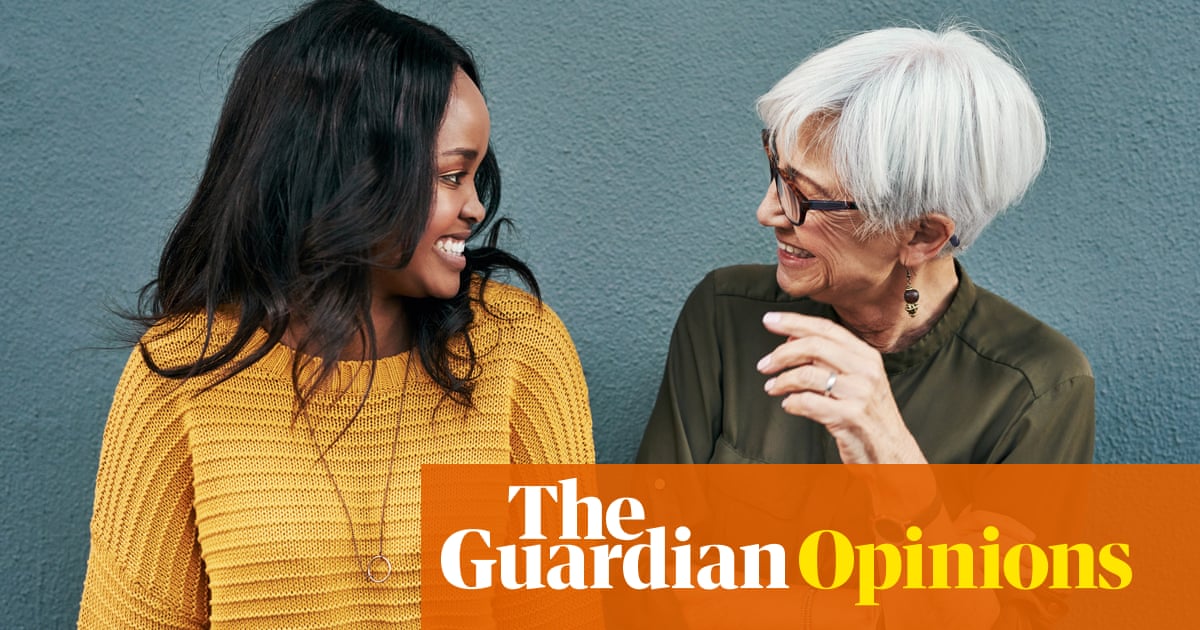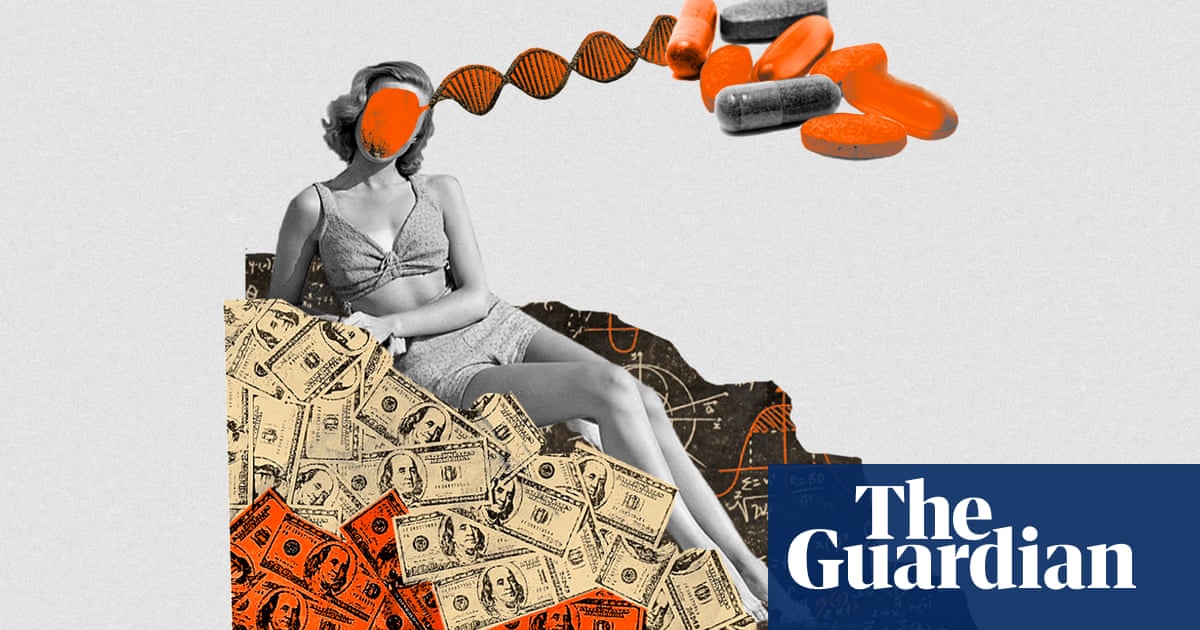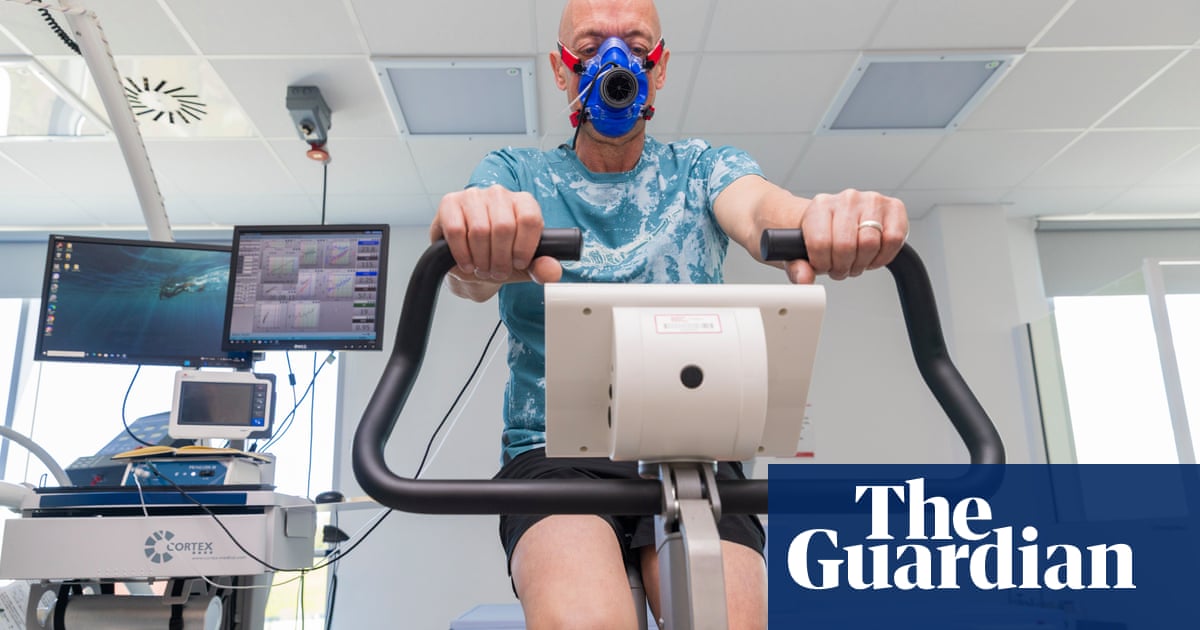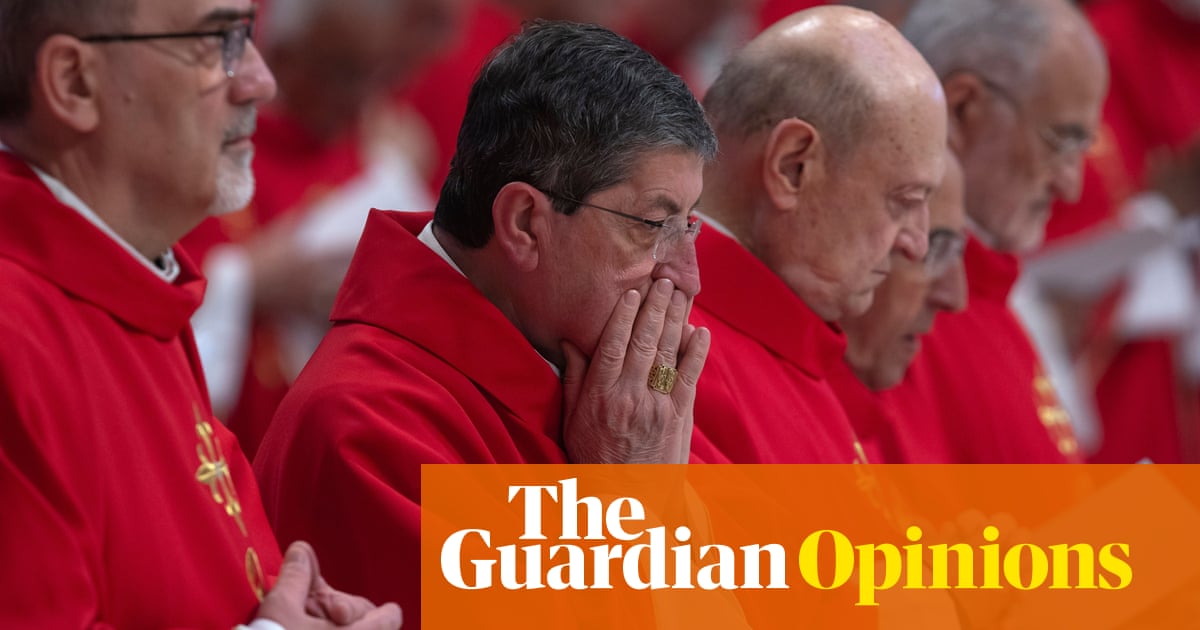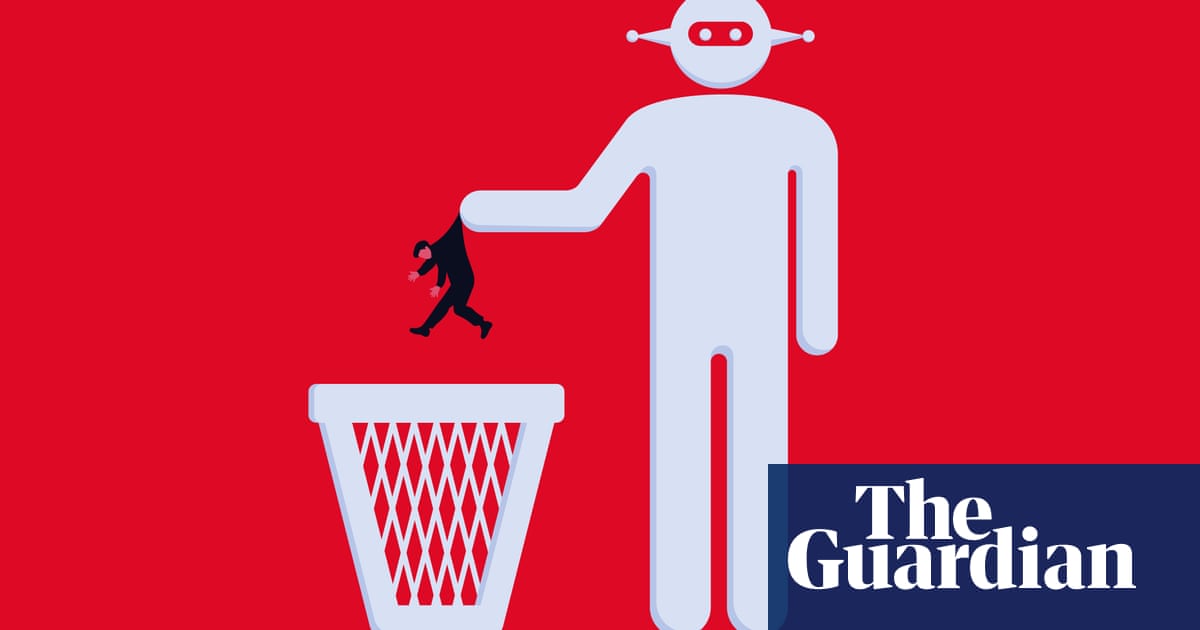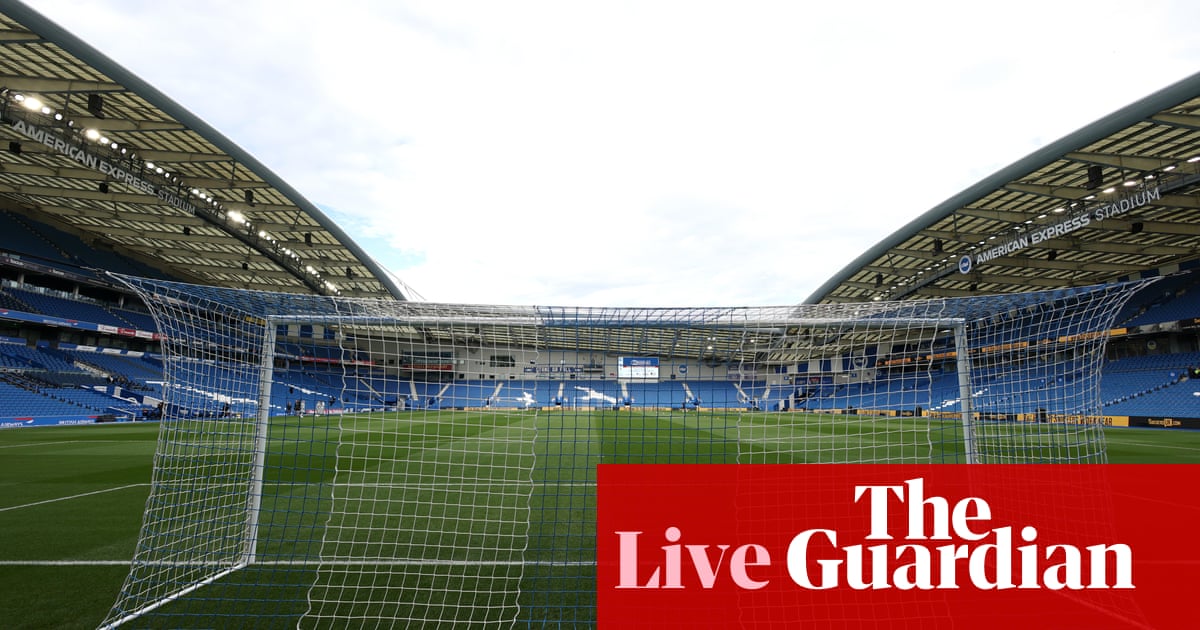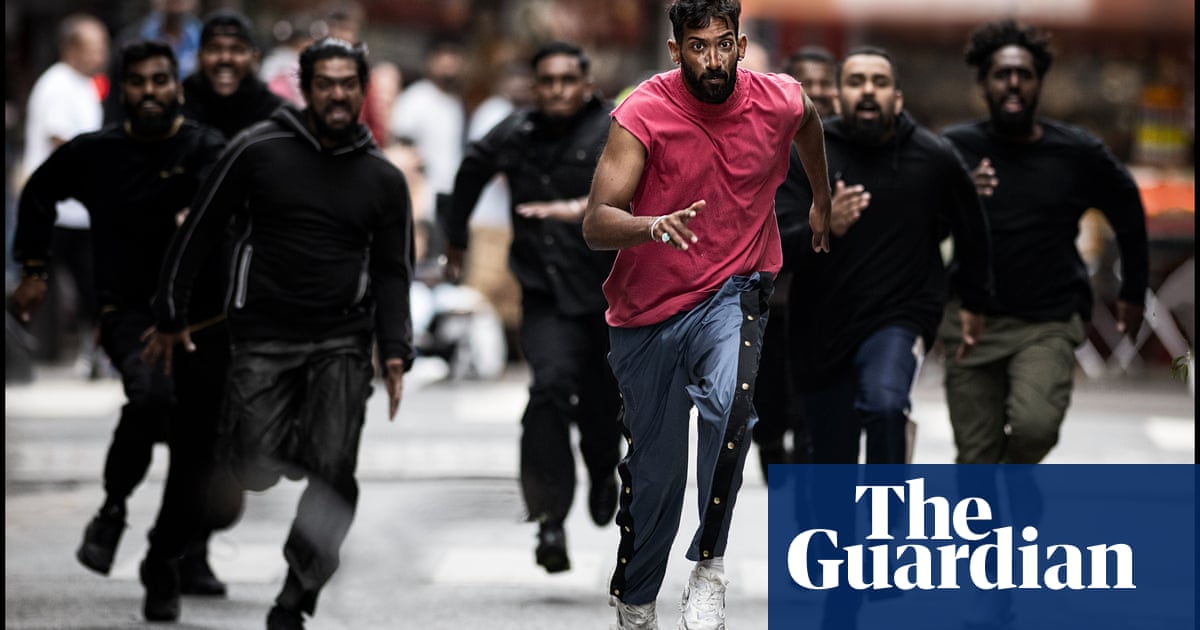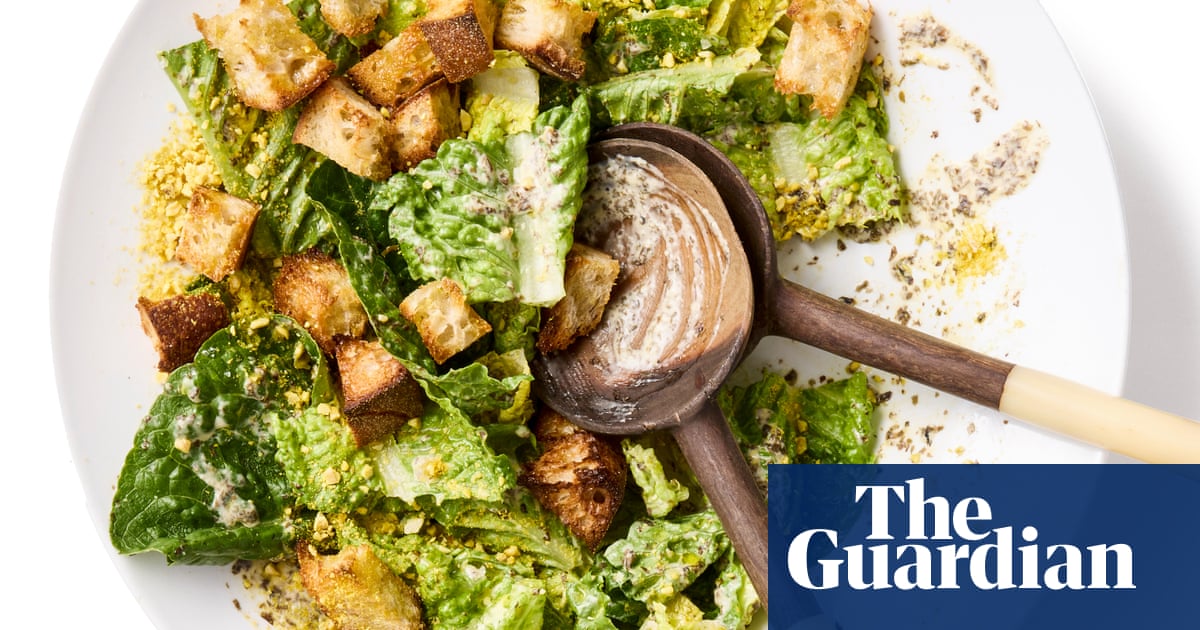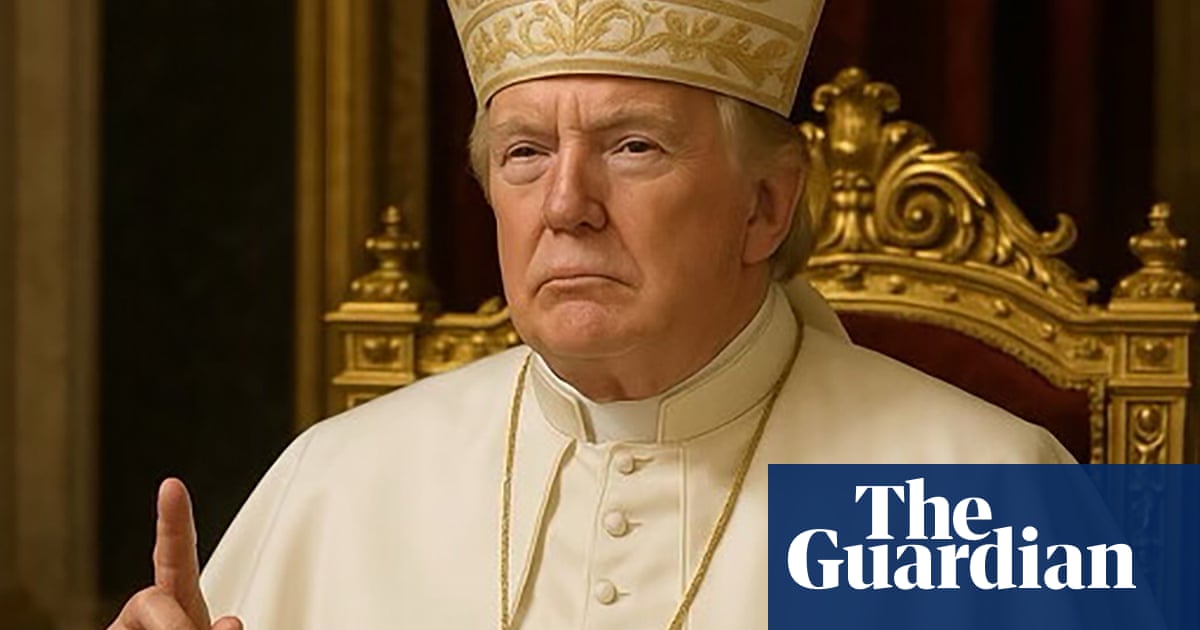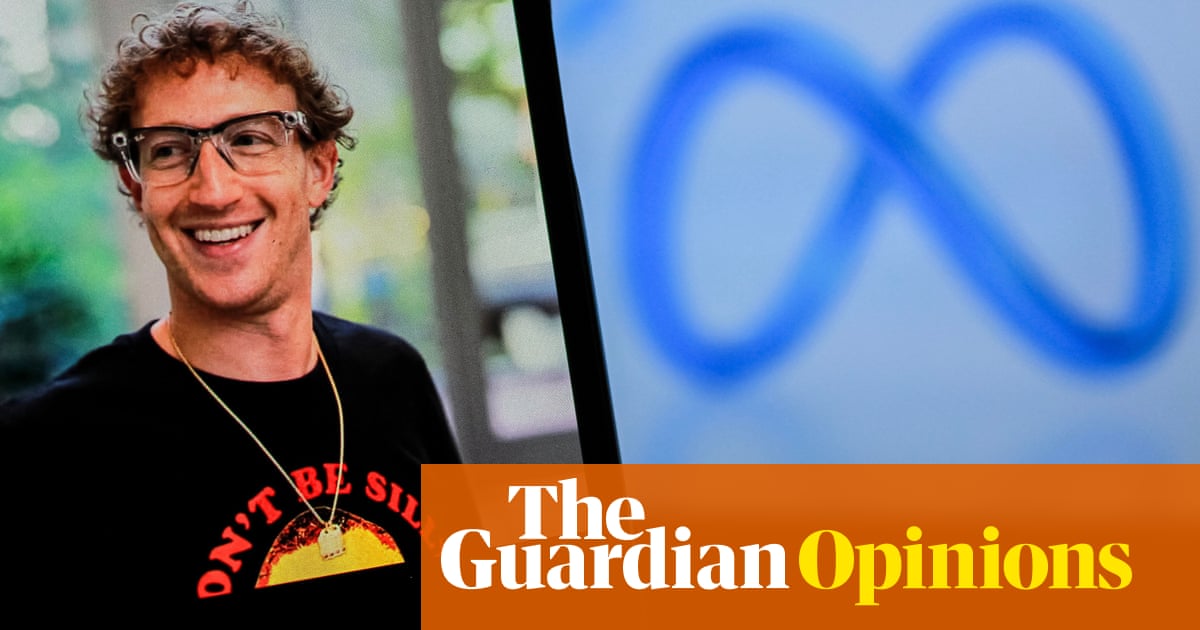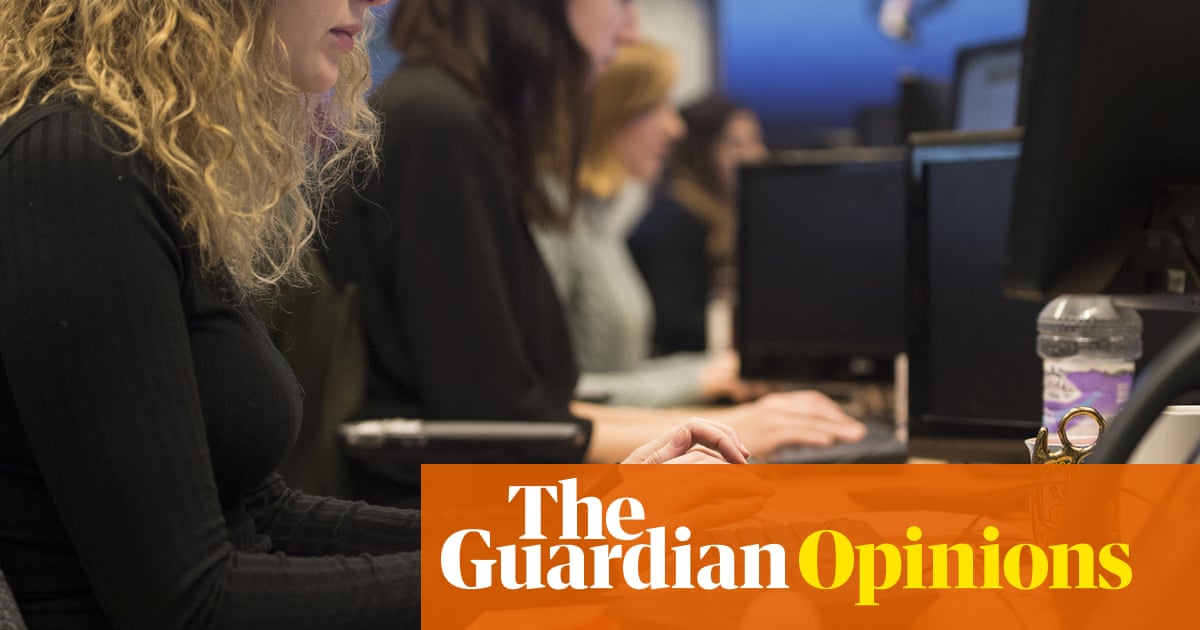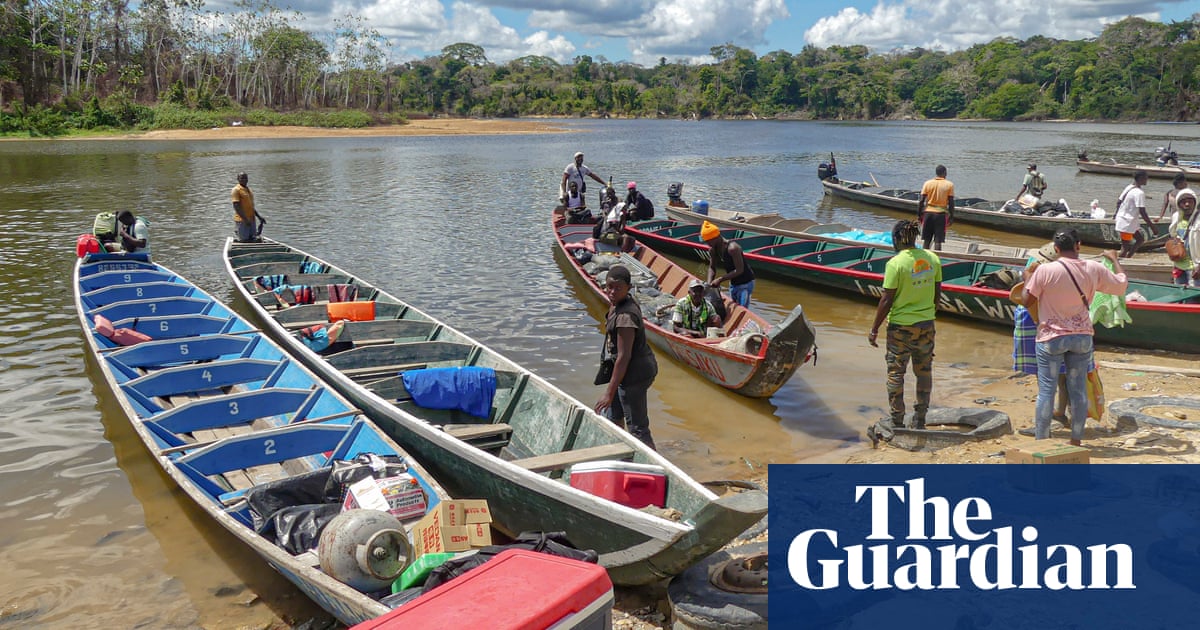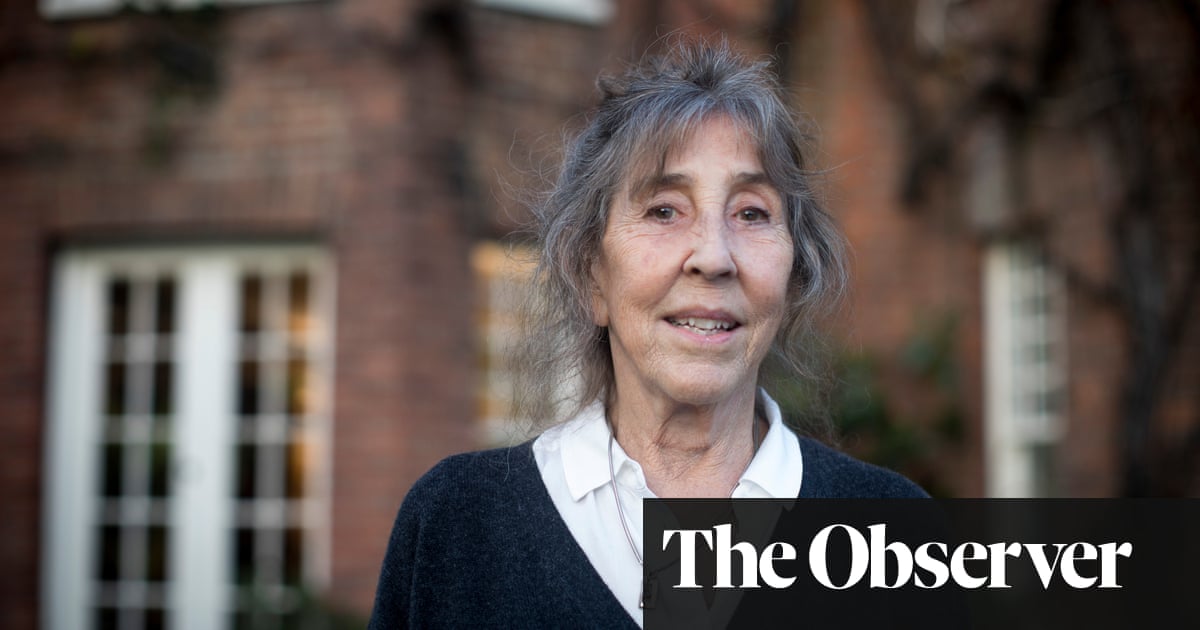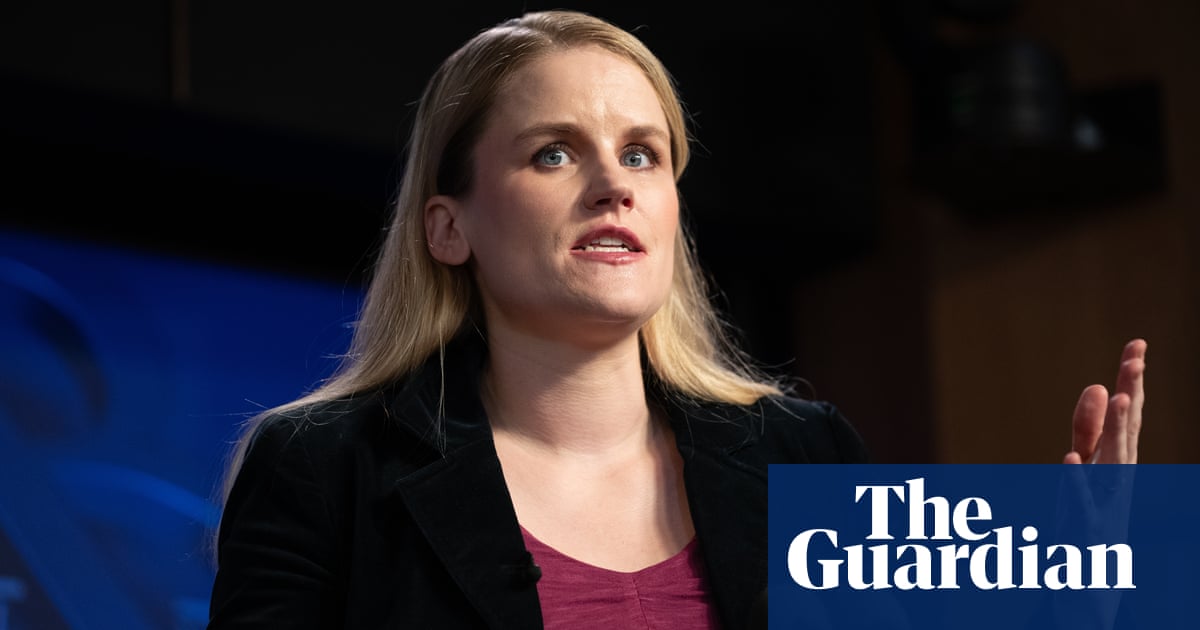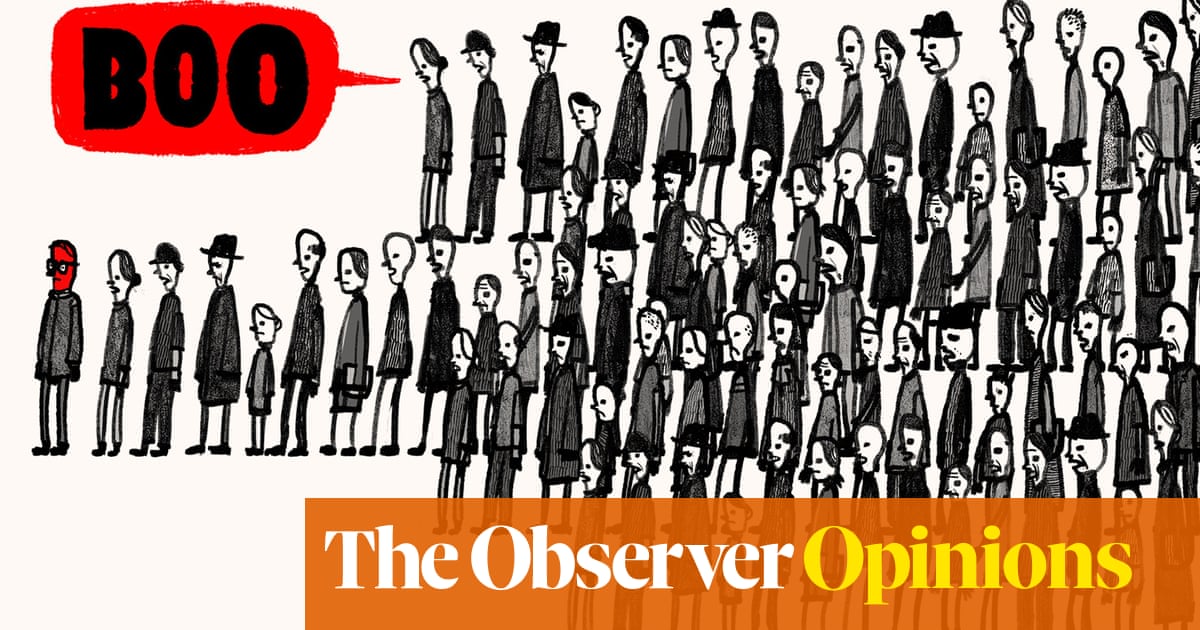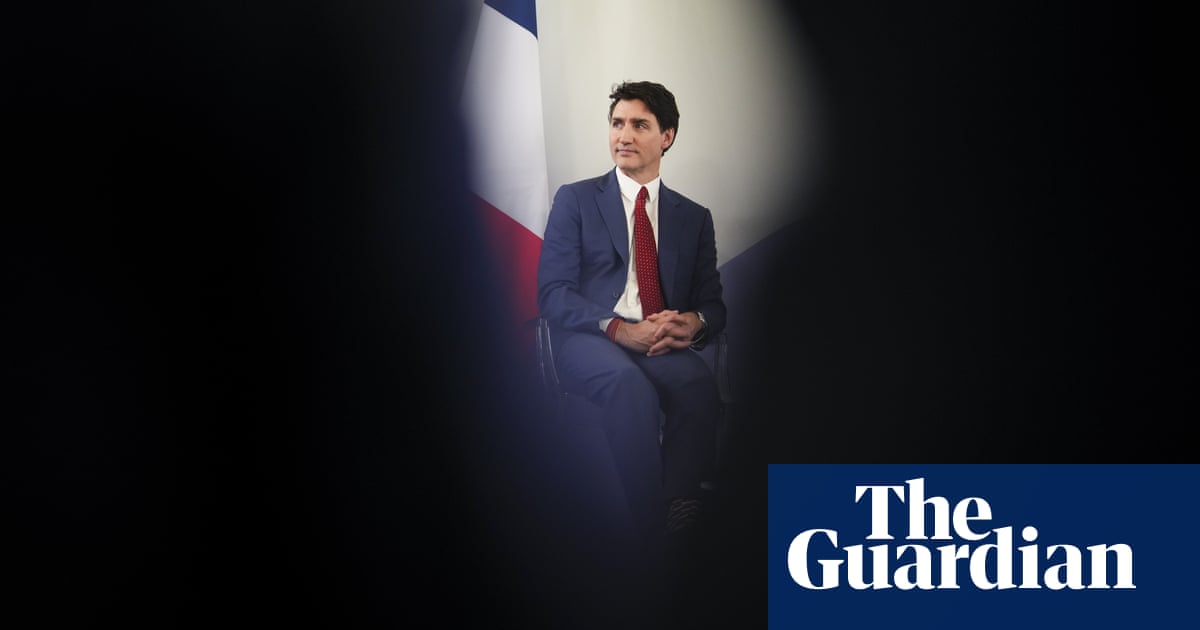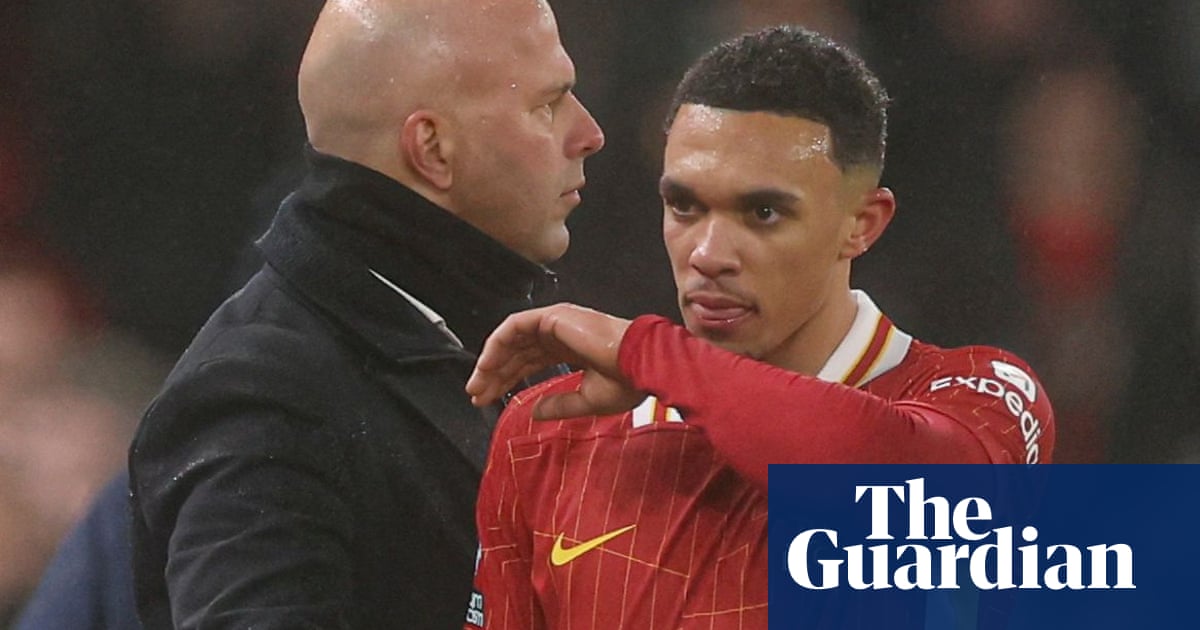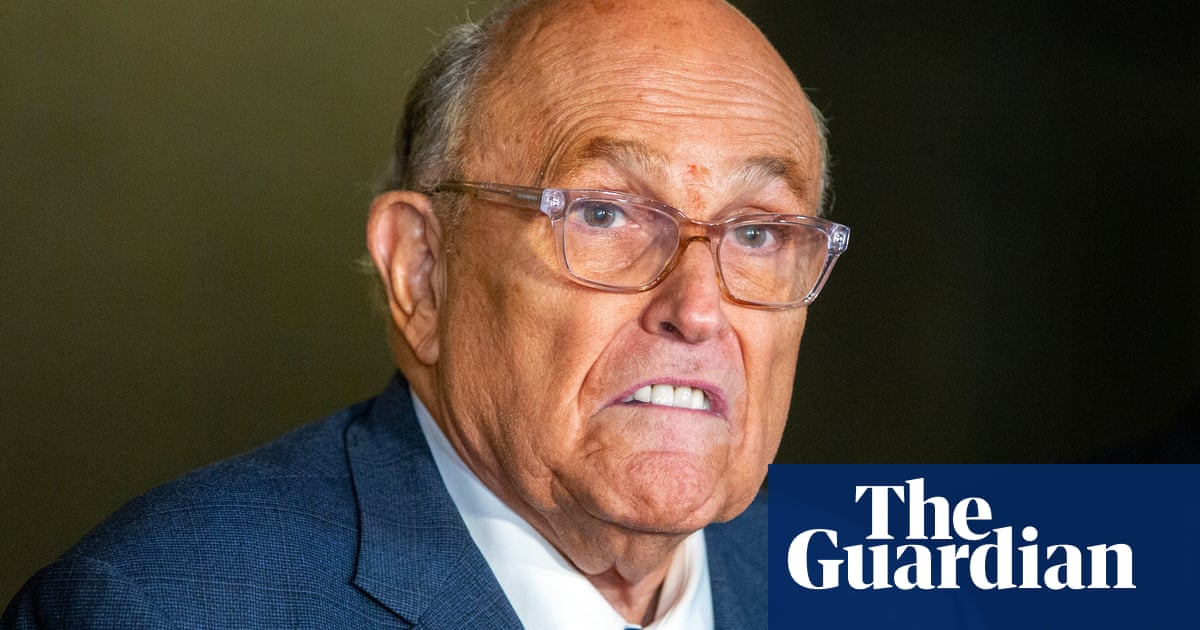Receiving her inchunwa was not something Faithlyn Taloa Seawright did lightly, but when the moment “just felt right”, she knew it was time. Seawright, who was the 2024 Miss Indian Oklahoma and a previous Chickasaw Princess, had long studied the tradition that she inherited from her ancestors.
In Choctaw and Chickasaw languages, inchunwa means “to be marked, branded or tattooed”. So receiving inchunwa, or traditional Indigenous tattoos, is something that must be done with reverence, Seawright said. The practice was once common among the south-eastern Indigenous nations (Choctaw, Chickasaw, Cherokee and others), but after colonization the tradition faded away for many.
Now, through efforts like those from the Inchunwa Project, a community-rooted collective that is working to revitalize the tattoos, south-eastern Indigenous people across the country are breathing new life into the practice.
Last year, the Inchunwa Project, which began in 2017, hosted its first retreat, which included traditional tattoo artists, people entering tattoo apprenticeships and south-eastern tribal folks who were interested in learning about tattoo revitalization.
Those gathered played games, wrote poetry, ate traditional foods and talked about the research they’d found. The retreat was a time for fellowship, but it was also one for action, in which people could share their research into the ancient practice and decide what they were going to do with it.

“We met to talk about how and why we got involved with tattoo revitalization, where we want to see this project going, what would our full vision be and how are we going to get there,” said Seawright, who is a Chickasaw citizen. Some artists brought their supplies to the event, which led to a few tattooing sessions where people received their finger inchunwa, or tattoos, that have different meanings. Seawright, who had already received six lines on her fingers years prior, received her first facial tattoos at the event.
Her latest inchunwa consists of two lines on either side of her mouth. One line represents the fact that Seawright has entered adulthood and the other signifies that she is a young adult without children. If she has children, she will have three lines. Once she is an elder or has grandchildren, she will have four. The facial inchunwa is intended to grow with her throughout life.
Seawright said that the inchunwa session had been full of encouragement, with people gathering to witness it. “That’s really what help[ed] us to have that traditional aspect, to have support there, those that are there to give guidance: ‘Remember to breathe’, ‘it’s OK to cry if you need to’, ‘you need water’, ‘maybe it’s time for a break’.”
For Seawright, receiving her inchunwa reflected her commitment to her community and to setting the groundwork for being a good ancestor. The six lines on her fingers represent a personal promise to better herself, an homage to her siblings who are not with her in the physical world and the thousands of missing and murdered Indigenous women.
“I prayed on it and I waited for years for that moment to come,” she said of her finger tattoos. “The only way I can describe that decision of knowing when to get it is you just feel that pull, that emotion, and you just know that’s the time.”
Reclaiming a thousand-year artistic tradition
In 2017, about 30 Choctaw women and two-spirit people planned to walk the Trail of Tears and receive their inchunwa at the end to commemorate the action, their friendship and their commitment to community.
The group approached a wall of logistical questions: who would tattoo them? What designs would they receive? What did those designs mean? They decided to pause the walk and instead research and learn more, meeting online from 2018 to 2021 to discuss their findings. The Inchunwa Project was born from this research and collaboration.
While they initially considered compiling all of the information into a book, they realized a podcast would be a better way to reach people. “Since so many of us were Washington-based at that time, we would travel back to Oklahoma or to the south-east specifically for cultural gatherings,” said Lisa Fruichantie, the executive director of the Inchunwa Project. “It was a way for us to connect no matter where we were.”
In receiving and promoting inchunwa today, south-eastern Indigenous people are continuing a millennia-old tradition. “Tattooing is a really ancient art form,” said Mairin Odle, an associate professor in the department of American studies at the University of Alabama. “If you’re looking at south-eastern communities, there’s an almost thousand-year artistic tradition that you can look to for examples and for proof of it.”
Images and descriptions of south-east Indigenous people during the early years of European contact, such as a 1732 image of a Choctaw warrior with a painted face and tattooed neck and torso, and an 1834 image of two Choctaw women with facial tattoos, refer to or depict tattoos. Three Cherokee men, known as the “three kings”, who traveled to England in 1762 to meet King George III, were all heavily tattooed across their faces and bodies.

People who receive inchunwa today can draw from their ancestors, using pottery, shell carvings and other artisan works from pre-contract, during the Mississippian Era, as inspiration for designs. They can also use modern works, from south-eastern basket weavers or stick makers, to create new meanings. “We can’t say for sure that that is what it meant to the ancestors,” Fruichantie said. “But we can say that this is what has come to us, and what [it might mean] for the future.”
There are key differences between traditional Indigenous tattooing and western tattooing. In the latter, it is common to use stencils, a tattoo gun and brightly colored ink. For many Indigenous tattoos, however, hand poke, in which artists make the images without a stencil as a guide, is more common. As such, receiving the inchunwa may take longer. “It’s a more intimate process between the person getting the tattoo and those that are giving the tattoo,” Seawright said.
Though older Indigenous methods included using garfish teeth or deer bones, modern practitioners caution against the potential of blood-borne pathogens and for ensuring a sterile environment. The decision on the type of method used – tattoo gun or hand poke – is ultimately left to the personal preference of the person receiving the tattoo. Seawright’s face and hand tattoos were both done with tattoo guns, but, she said, “it doesn’t make them any less traditional compared to someone else that did hand poke tattoos”.
‘A responsibility that I literally wear on my face’
The Inchunwa Project’s work in promoting traditional tattoos has brought deeper understanding to south-eastern communities. It is part of a larger effort around revitalizing traditions after the colonial era and centuries of forced assimilation.
“I was raised up to believe that nothing was extinct. Nothing dies. We call it going to sleep,” Seawright said. “My father was a part of our Chickasaw revitalization of stomp dancing and that’s what he taught me. He’s like: ‘There’s a time we stopped doing these; these dances went to sleep. But with the help of our fellow tribes, like the Muscogee and Seminole, we were able to bring this back.’ And so, I never thought of it as them being gone, they just went to sleep and somebody had to have that vision and bring it back and bring it back to the people.”
The Inchunwa Project and the community that has developed around it have connected the group “very deeply”, Fruichantie said. Last year, when the group had a table at the Indigenous tattoo music festival, a woman approached them and specifically referenced an episode of the podcast with Julie Cordero-Lamb, an ethnobotanist and member of the Chumash Nation who teaches traditional regenerative horticulture. “She said that [the episode] inspired such a sense of pride within her community,” Fruichantie said. “And that there are about 20 different women that have now received their facial inchunwa, which is really big because it’s such a big commitment.”

Revitalizing the traditional practice has an impact both on the person who decides to receive their inchunwa and the community at large. “I’m old enough to have had the conversations with my parents that a lot of people have had where it’s like: ‘Don’t get tattoos, don’t get your hair dyed, because that’s going to be a job killer’,” Fruichantie said. “It’s a big deal for people to get their hands tattooed, but even bigger on the face. I think that shows such a big commitment to their culture. We often say it’s a responsibility to my people and to my culture that I literally wear on my face,” she said.
Similarly, what’s most important for Seawright is the impact her tattoos have on the future generations. “We believe that our culture is a living culture,” she said. “Unlike what western society puts in the history books, we’re not a past people. We are a continuation. And I think a lot of our listeners really resonate with that.”
Seeing her two-year-old niece for the first time after receiving her facial inchunwa showed Seawright how important it was for her to pick up the banner of tattoo revitalization. “She ran up to me and she put her hand on my face, just lightly touching it and smiling,” Seawright said. “It was that little acknowledgement. It’s something that’s so spiritually moving. We’re bringing these back not only for our elders, but we’re making these new pathways for our future generations to have that be a common sight. For my niece to just do that simple move, it helped bring it all together. This is who it’s for.”

 5 hours ago
3
5 hours ago
3
